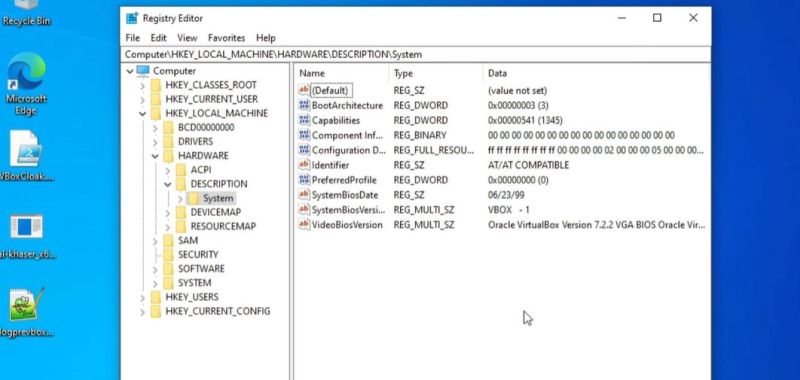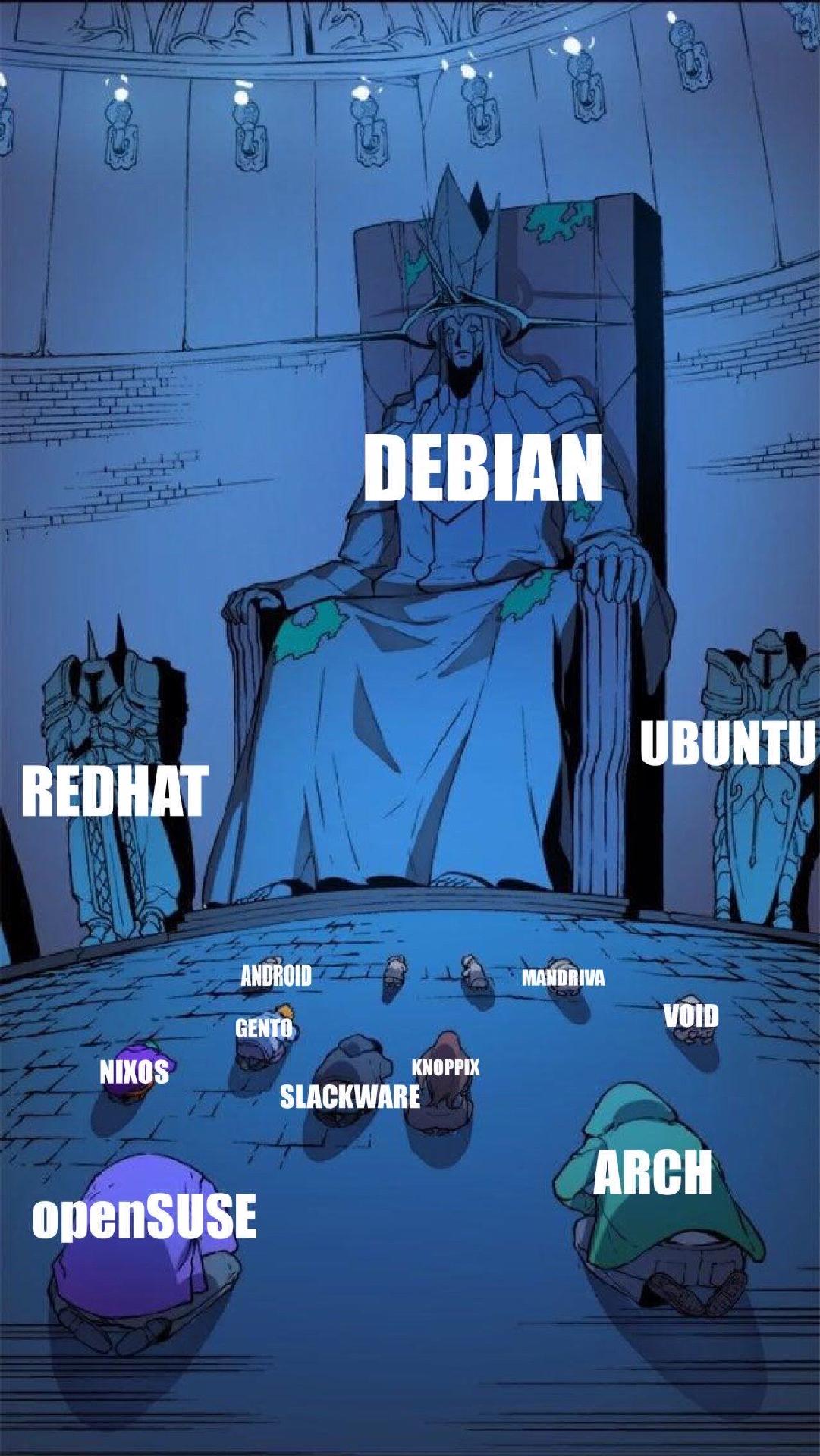There's a lot that's been said to new people arriving from bluesky about mastodon, how it works etc, and so in a similar vein I'd really just like to say to our new bsky friends:'nshow me a picture of your cat
-
There's a lot that's been said to new people arriving from bluesky about mastodon, how it works etc, and so in a similar vein I'd really just like to say to our new bsky friends:
show me a picture of your cat
-
There's a lot that's been said to new people arriving from bluesky about mastodon, how it works etc, and so in a similar vein I'd really just like to say to our new bsky friends:
show me a picture of your cat
or tell me what it's been up to today, I'm not fussy
-
There's a lot that's been said to new people arriving from bluesky about mastodon, how it works etc, and so in a similar vein I'd really just like to say to our new bsky friends:
show me a picture of your cat
-
There's a lot that's been said to new people arriving from bluesky about mastodon, how it works etc, and so in a similar vein I'd really just like to say to our new bsky friends:
show me a picture of your cat
@babe I haven't come from bluesky, I'm not new to the fedi, this isn't a cat and neither is it mine. It's a damned comfy-looking ram though (and I did at least take the photo). Edible beds are grossly underrated.
-
@purplepadma @stavvers I am so glad this was understood to be a threat and I didn't have to get forceful about it
-
There's a lot that's been said to new people arriving from bluesky about mastodon, how it works etc, and so in a similar vein I'd really just like to say to our new bsky friends:
show me a picture of your cat
This post did not contain any content. -
This post did not contain any content.
-
 undefined Oblomov shared this topic on
undefined Oblomov shared this topic on

